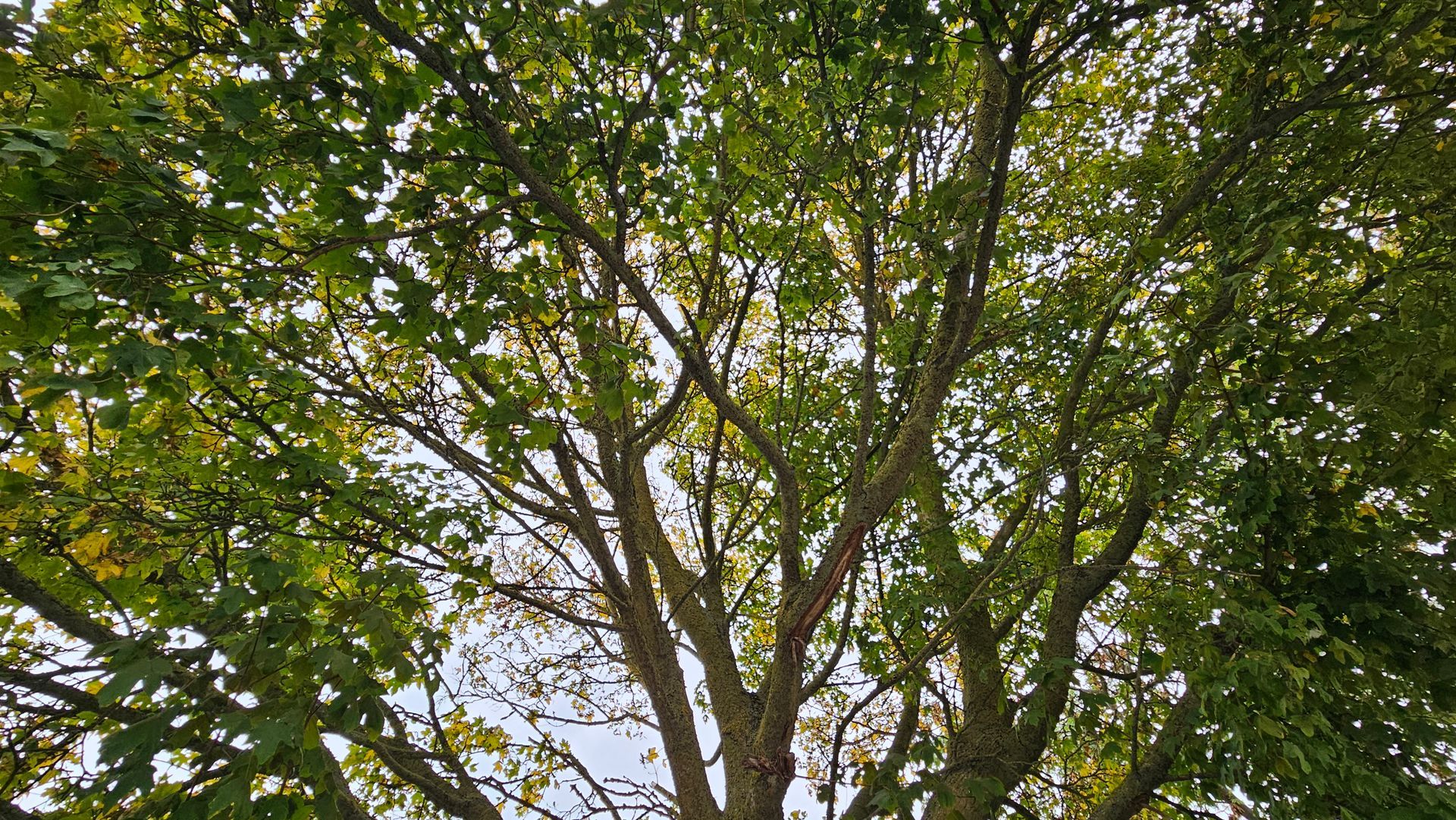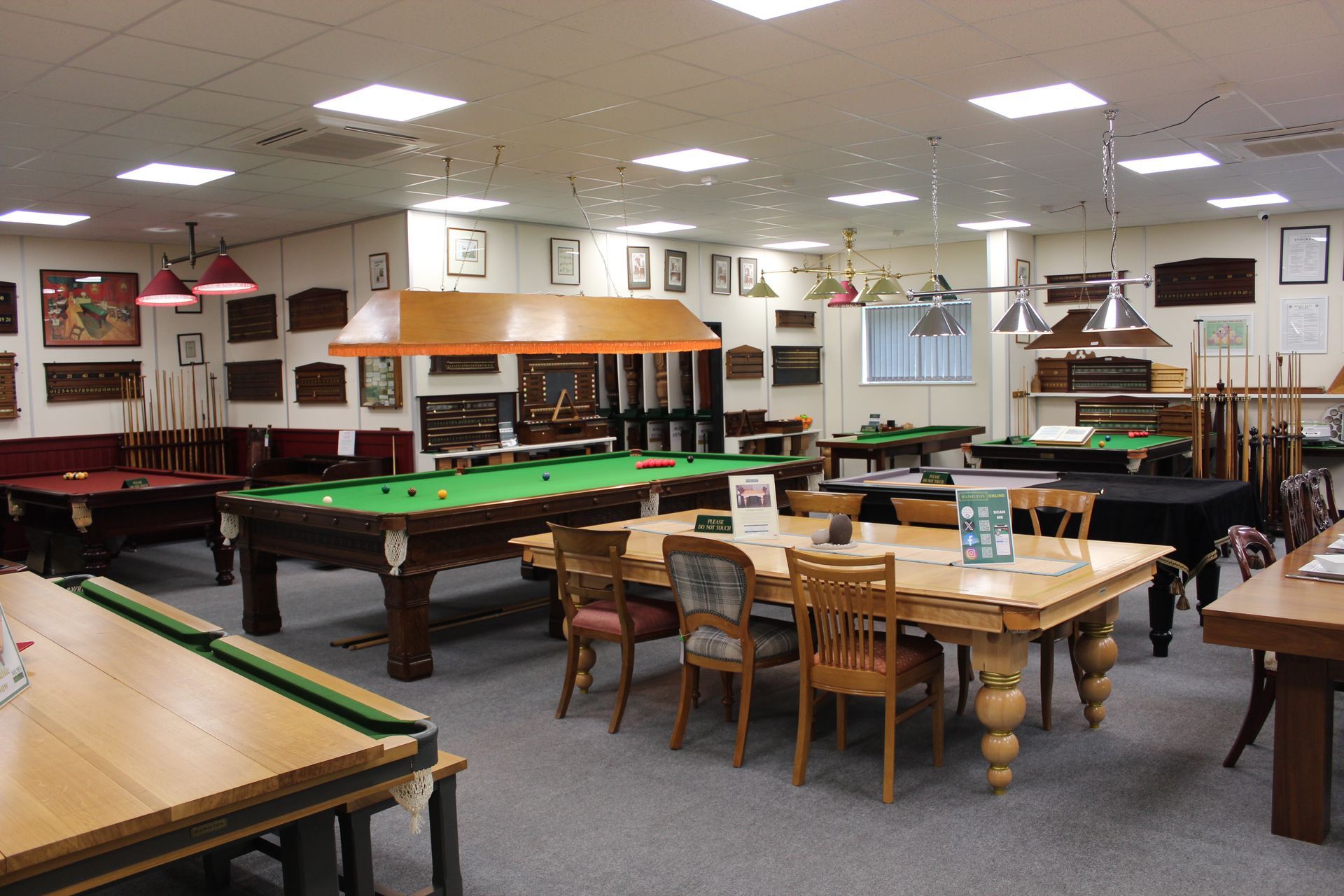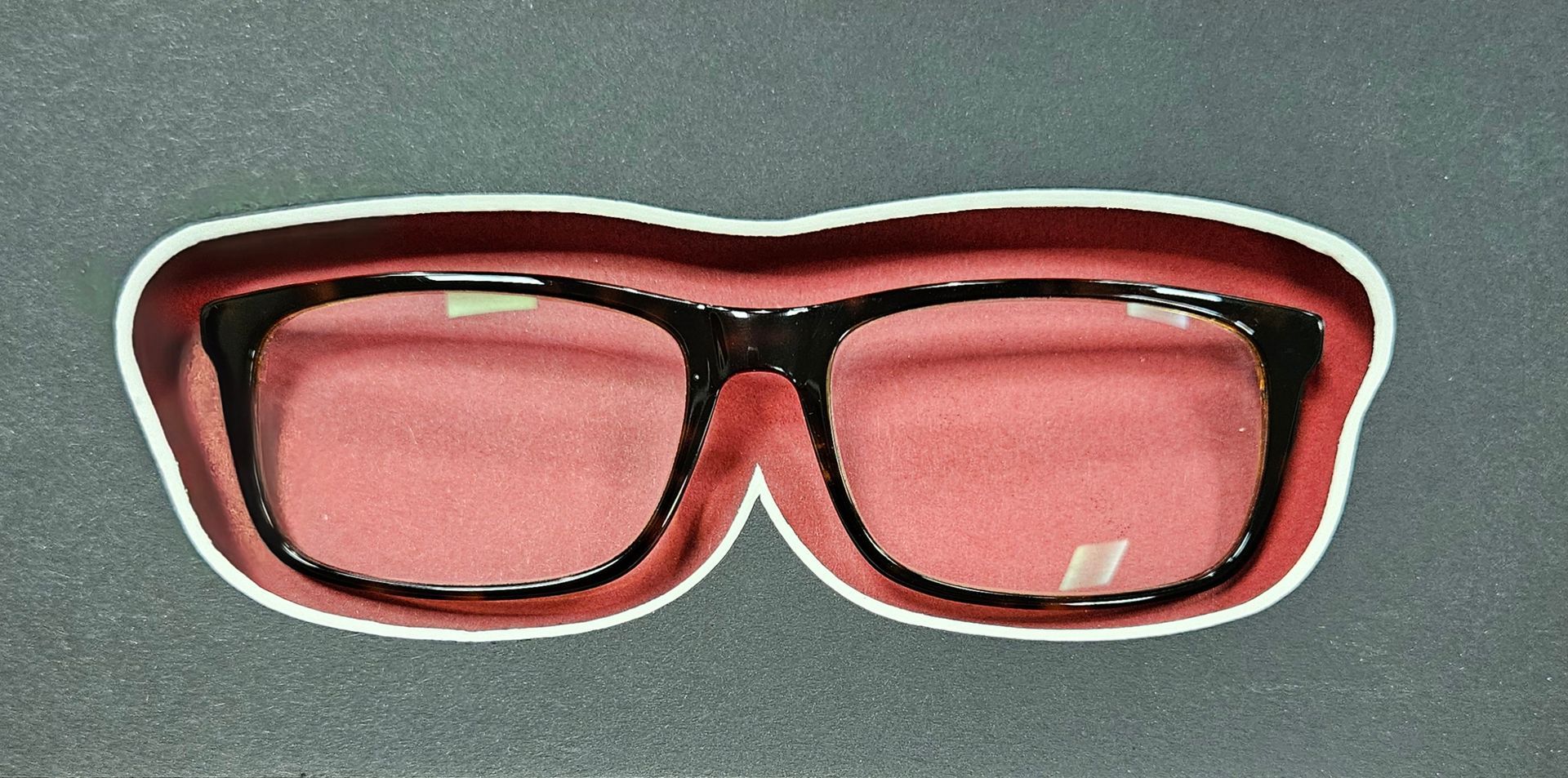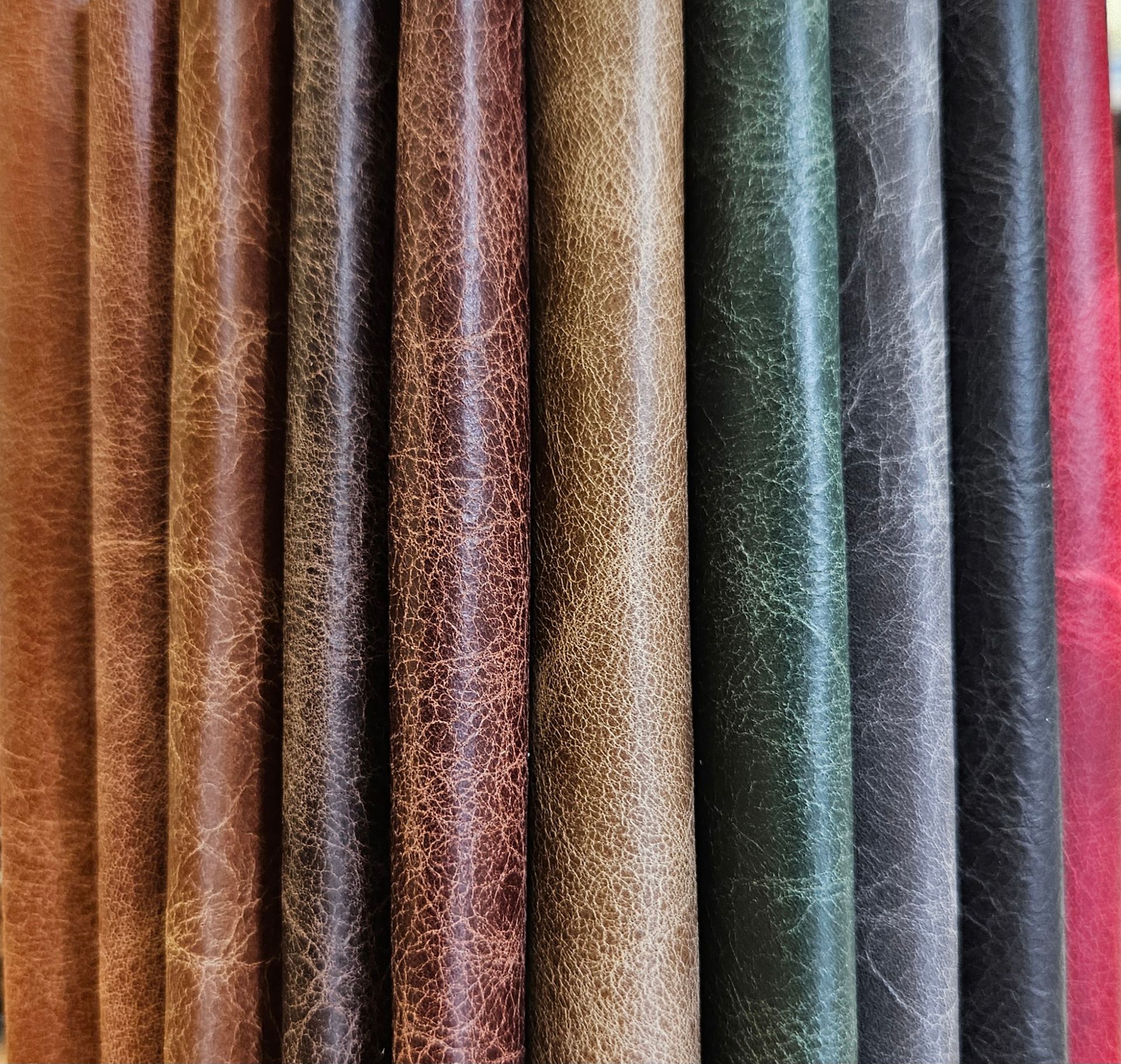Restoring Elegance: The Timeless Appeal of Lloyd Loom Furniture
The Legacy of Lloyd Loom
When it comes to classic, elegant furniture, few styles stand the test of time like Lloyd Loom. Its unique blend of sophistication and durability has made it a beloved choice for decades. In this blog, we'll explore the rich history and enduring charm of Lloyd Loom furniture and discuss why it's worth considering for your restoration projects.
Lloyd Loom furniture traces its origins back to the early 20th century when an ingenious American inventor, Marshall B. Lloyd, revolutionized the furniture industry. He developed a special process that wove paper around metal wire, creating a resilient and comfortable material that would become the hallmark of Lloyd Loom furniture.
One of the most remarkable aspects of Lloyd Loom furniture is its timeless design. The clean lines and woven texture of these pieces effortlessly blend into a variety of interior styles, from traditional to contemporary.
Lloyd Loom furniture is not just elegant; it's also built to last. The unique weaving process provides exceptional durability, ensuring that your investment will stand the test of time. Additionally, its sustainable design, using renewable materials like paper and metal wire, appeals to those who prioritize eco-friendly choices in their interior décor.
While the classic design of Lloyd Loom chairs is most well-known, this versatile material has been used to create a wide range of furniture pieces. From sofas and tables to ottomans and storage units, there's a Lloyd Loom piece to suit every room in your home.
If you're lucky enough to have a vintage Lloyd Loom piece in need of restoration, fear not. Whilst it's essential to work with experienced restoration professionals who understand the unique materials and craftsmanship involved a skilled restoration experts can breathe new life into these timeless treasures. Refinishing the frame to bring back its original lustre. With proper care and maintenance, your Lloyd Loom furniture can look stunning for generations to come.




